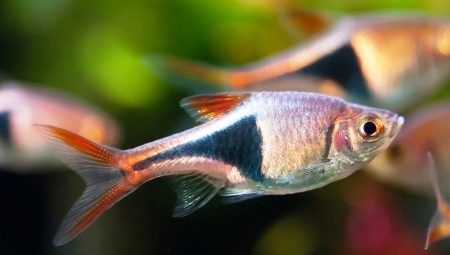Rasbor - a small and lively aquarium fish. In nature, she prefers to inhabit quiet rivers and small tropical lakes. There, fish swim in flocks, trying to stay close to the surface of the water. Some types of parsing can be kept in aquariums.
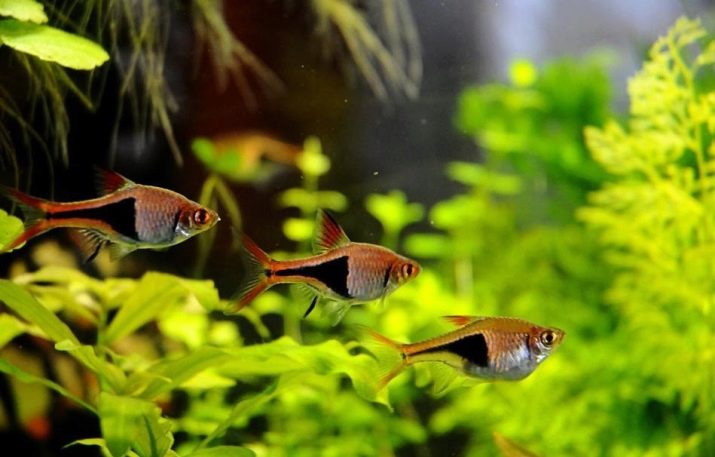
Description
In the natural environment, freshwater parsing usually lives in the waters of Southeast Asia, some species are found on the African continent, and they also inhabit the Philippines, India and Indonesia. There, the water is very soft and warm, with an abundance of thickets of dense vegetation, and the branches of large sprawling trees block the rivers and lakes from scorching sunlight.
Aquarium parsing is small - their size does not exceed 4-5 cm, they have been bred as decorative for over 100 years, and throughout all this time they are always popular. The demand for these fish is explained very simply: they are unpretentious to the conditions of detention, while they are peaceful and therefore perfect for beginner aquarists.
Despite the great diversity of species, all representatives of the analysis are characterized by a similar body shape, red, purple and silver luminous shades dominate in the color. Sexual dimorphism is weakly expressed; therefore, it is rather difficult for inexperienced breeders to distinguish the female from the male externally.
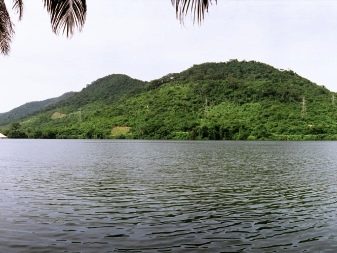
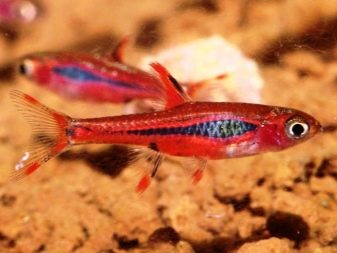
Kinds
In the wild, there are about 50 varieties, among them you can meet real beauties: bright, multi-colored and brilliant. Some representatives may be kept in aquariums - these are espei, makulata, firefly, measure, erythromicron, Harlequin, cubotay, three-linear, strawberry, spotted, red-tailed, savva, diamond.
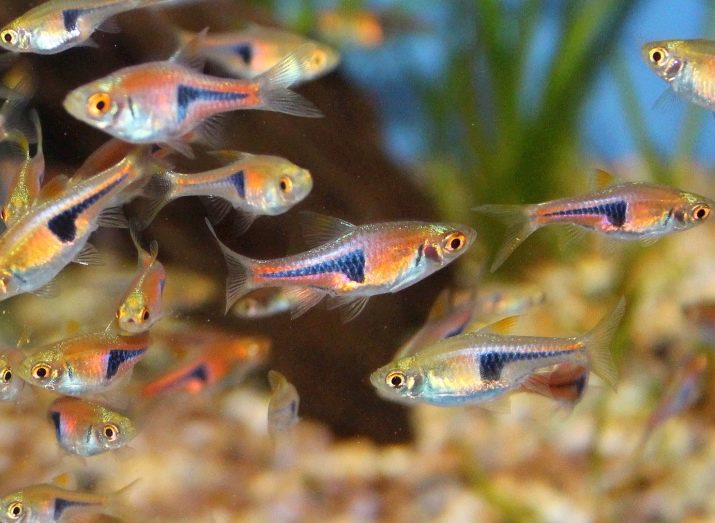
The most popular include several varieties.
Galaxy
In the natural environment, this fish lives in Burma, it was discovered relatively recently, and in a short time creatures began to be very popular among aquarists. This is one of the smallest types of parsing. - the body length of adults does not exceed 2-3 cm, but the bright colors compensate for the lack of size. Males are much brighter and more spectacular than females - they have red fins that look very beautiful against the background of blue-black sides.
Due to their small size in artificial reservoirs, these fish contain in packs of 25-30 individuals.

Tape
This variety of parsing is popular due to its rich and colorful color, which can vary in a variety of overflows and midtones, so it is difficult to name the standard shade of this fish. The length of the body of the tape analysis does not exceed 3 cm. These are peaceful, but very shy fish, so they like to live in packs of 8-10 individuals and hide in thickets of aquatic plants.
In the aquarium, you need to plant as many algae and other representatives of the aquatic flora as possible.
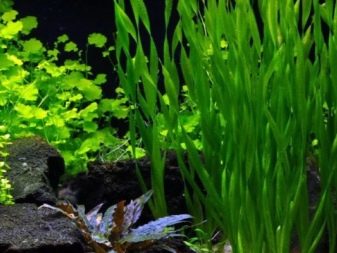
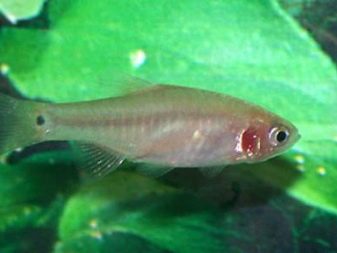
Brigitte
Rather peaceful and extremely unpretentious in content creatures that naturally inhabit the warm rivers of Asia, but quickly adapt to their existence in artificial reservoirs. These fish are distinguished by a beautiful color - the blue-gray body is covered with yellow dots, and the upper fin has a bright scarlet strip.
The fish are small, their length does not exceed 2-3 cm, and the average life expectancy is 3.5-4 years. Brigittes like aquariums with dense vegetation, where fish can easily lay eggs and hide fry from adults.
For food, these analyzes are completely unpretentious, but at the same time, the brightness and richness of their colors largely depend on the quality of the food.
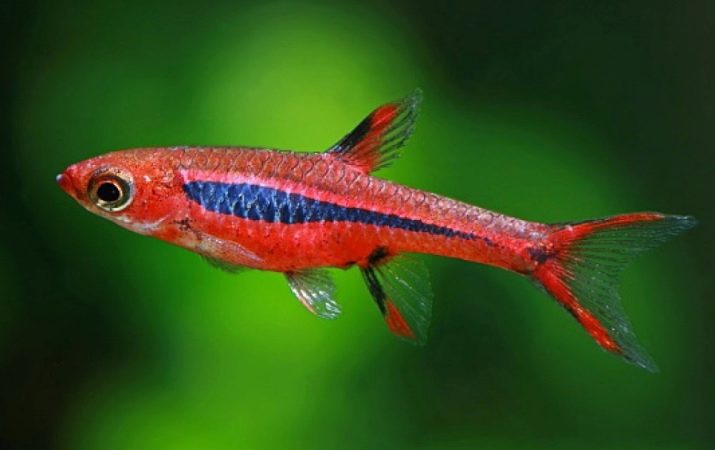
Hengel parsing
They came from Indochina and Indonesia, where they inhabited stagnant lakes or weakly flowing rivulets, and therefore they should reproduce the corresponding conditions in aquariums. Brigittes reach a length of 3 cm. For these fish, the optimum temperature is approximately +23.28 degrees Celsius. These parsing representatives can eat any food, but the fish are very picky about the purity of the water, so breeders should change it by about a quarter daily.
Keep in mind that your pets can be extremely active and even jump out of the aquarium during their games. To prevent this from happening, be sure to cover it with the lid on top.
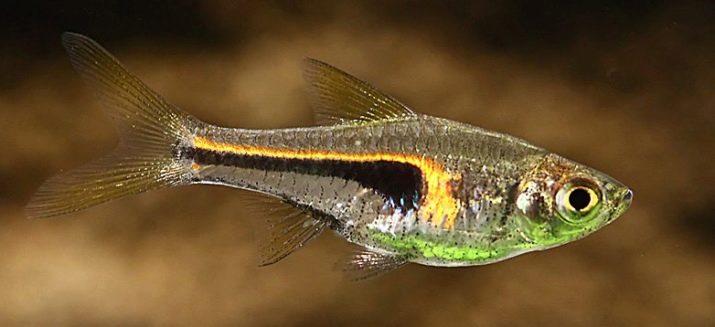
Heteromorph
This analysis is also called wedge-shaped, a subspecies slightly larger than all the previous ones - its size reaches 4.5 cm. It is found in nature in the still waters of Malaysia, Thailand, and is widespread in Indonesia. They adapt to life in artificial reservoirs quite quickly. These fishes are distinguished by a golden-silver or golden hue, the tail is translucent with a notch, a red fringing is going on throughout the body.
Approximately from the middle of the body to the tail, a dark purple or black blade is noticeable - it is according to it that males differ from females, in males it is sharp, and in females it is rather rounded. A comfortable temperature for these fish is considered to be +23.25 degrees Celsius.
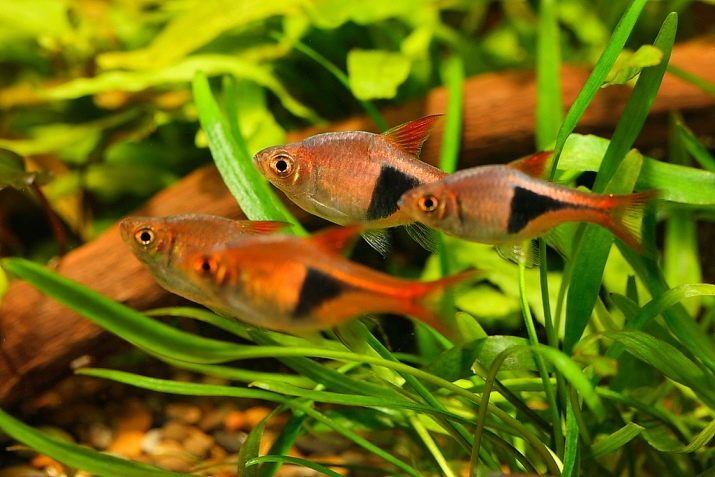
Maintenance and care
For analysis, a fairly voluminous aquarium with a minimum capacity of 50 liters and above is required. The water temperature should be kept within +23.25 degrees Celsius, in order to maintain heating at the desired level, it is advisable to acquire a water thermometer. Water hardness should be about 10-12 units, and the acidity level should be in the range of 6.5-7.5.
It is very important to equip the aquarium with a compressor that is responsible for aeration.It will be useful to bring the aquarium biocenosis as close as possible to the natural habitat, so you need to choose the right aquatic plants and soil. The bottom is preferably strewn with small pebbles or medium fractional gravel. Plants must be alive, and they need to be planted as thickly as possible, however, it is better to leave part of the area free - it will be easier to look after the tank.
It is advisable to lay decorative shards, ceramic grottoes and caves at the bottom - these fish really like to spend time in shelters.
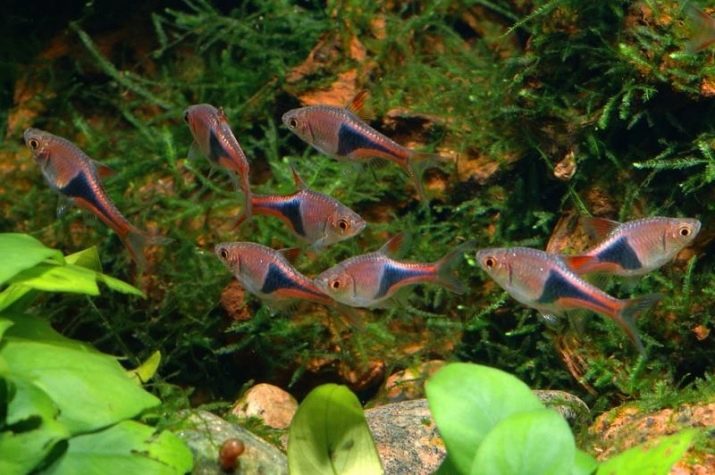
In an aquarium with parsings, installing a filter is desirable, but not necessary. However, if you plan to breed fish, you will need to purchase the simplest model with coal and a sponge, which will be responsible for the mechanical treatment of water. Each week, a water change should be performed - usually 25-30% of the aquarium fluid is renewed.
Lighting parsing required dim, muffled, necessarily diffused. Powerful lighting devices are not suitable for these pets - in such conditions, the fish are stressed, begin to rush around the aquarium and even try to jump out of the water.
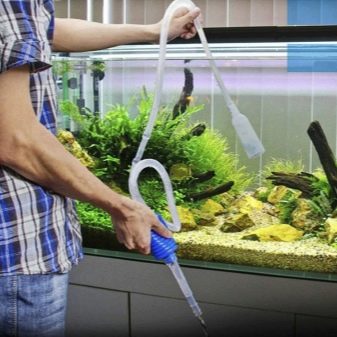

If comfortable living conditions for fish are created, then they will not hurt. But if the conditions of detention are violated, the cases will encounter some diseases.
- Cold - This problem occurs when the temperature drops by 5 or more degrees.
- Fungal infections - also become a consequence of a decrease in water to +17.20 degrees. In order to cure fish, it is necessary to raise the water temperature to +30 degrees Celsius. In addition, the aquarium should be equipped with compressors and, if possible, filters.
- Oodiniosis - a disease caused by parasites. The danger of this ailment is that the fish for a long time does not show any signs of infection, it behaves as before and looks as usual. The fact that there is a problem, the breeder can only guess after he begins to catch the corpses from his aquarium, an ailment for fry is especially dangerous. In order to improve the microenvironment, salt is added to the water at the rate of 1.5 tbsp. l for every liter of fluid.
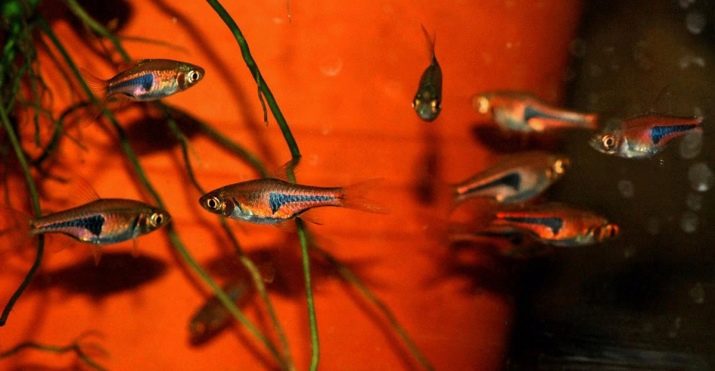
Many ailments of the analysis are associated with a mismatch in the composition of the water to the recommended level. For example, the excessive presence of alkali causes shock and rapid death of pets - it is extremely important to take measurements after each water change. If young animals were relocated to the tank, the control indicators should be removed daily.
In order to avoid the development of dangerous diseases, special attention should be paid to prevention, which involves the following activities:
- regular water change;
- water filter installation;
- periodic inspection of fish for fungus or other infectious lesions of scales, gills and fins;
- timely cleaning of leftover feed residues;
- maintaining optimal water parameters.
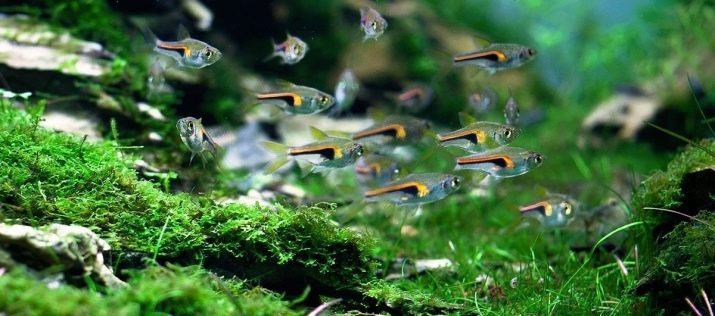
Food
In the natural environment of parsing, it feeds on zooplankton, worms and insects, therefore, pets can also be offered live food in aquariums: bloodworms, small crustaceans, as well as crushed frozen shrimp and other seafood. However, the analyzes do not refuse dry feeds, the only condition is that the food must be of high quality, since the brightness of the color and decorativeness of the animal largely depend on it.
From time to time, fish need top dressing. Usually, dried bread is used for this, as well as boiled water and chilled semolina - these products contain micro- and microelements useful for fish.
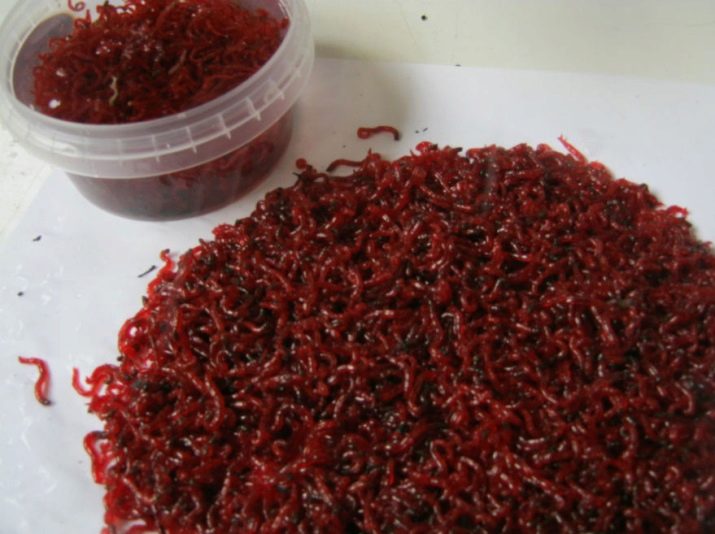
Compatibility
Parsing is often started for entertainment - this is a very good idea, since these fish can get along with any other non-aggressive inhabitants of the aquarium.
The analysis must be kept in large flocks., they cannot live alone, the absence of “brothers in reason” makes them nervous and stressed, which affects their nervous state in a very deplorable way.Keep in mind that in a bad mood, these fish begin to show aggression, and even the most peaceful people rush into the fray and can harm an opponent who accidentally fell under their "hot hand".
Get along well with gouras, as well as zebrafish and red-nosed tetras. Unpretentious neighbors such as neons are suitable for small varieties, and even shark barbs as companions can be more authentic for varieties.
The only varieties with which the analysis does not find a “common language” at all are aggressive cichlids and astronotuses.
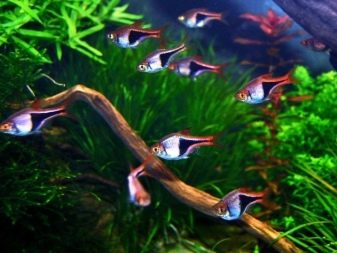
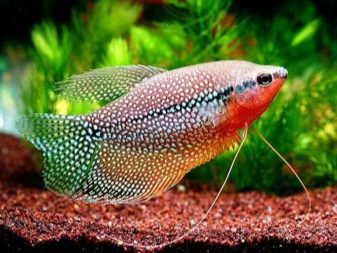
Breeding
These fish reach puberty by the year, in rare cases, this occurs a little earlier. When the time comes for spawning, females and males for 2 weeks should be seated in separate tanks. It is not difficult to do this, because at this moment, the females show a noticeably enlarged tummy.
In the meantime, you can tackle the spawning grounds. Ecapacity must certainly be quite spacious, with a volume of at least 15 liters. Fluid must be installed in it at around 15-20 cm, a safety nylon mesh is placed on the bottom - if this is not done, then the eggs will be eaten by adult fish.
In some parts of the grid, small bushes of plants can be placed - in this way the natural conditions of spawning will be recreated, when all the aquatic flora becomes the basis for keeping eggs.
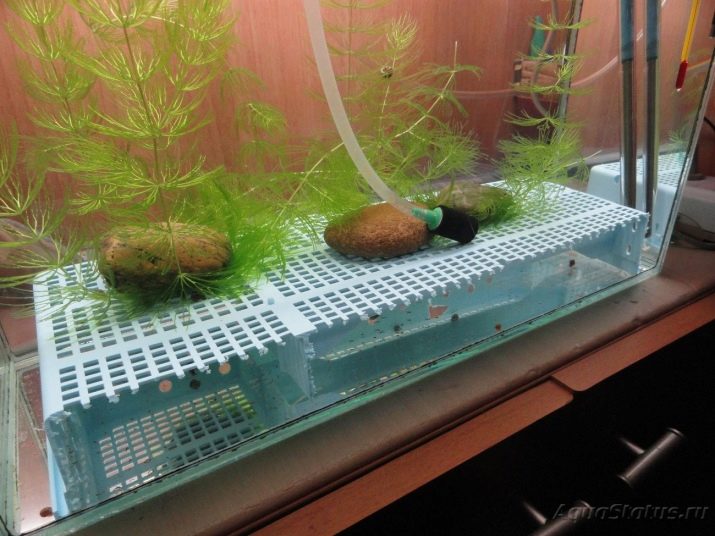
Spawning water should be 2-3 degrees warmer than usual, this becomes a signal for pets to breed. Regardless of the time of day, the tank should have artificial lighting, as well as high-quality aeration. In the prepared container, it is necessary to place from 1 to 6 pairs of females and males, usually in the morning they start mating, which are accompanied by spawning, and this process continues for about three hours.
At such moments, the females begin to lay on their side and squeeze eggs from themselves onto the leaves of aquatic plants, immediately after that the males swim and fertilize them. At the end of the breeding process of the “newly minted” parents, it is necessary to immediately put it away from the eggs, and reduce the liquid level in the spawning by half.
After a day, the eggs become larvae - in this state they do not tolerate bright light, so it is best to cover the container immediately after the parents have moved out with a dark cloth.
After about 7 days, the larvae transform into fry, so they need to start feeding live dust or ciliates for accelerated growtha.
When the fry reach a length of 2 cm, they can be transplanted into a large common aquarium.
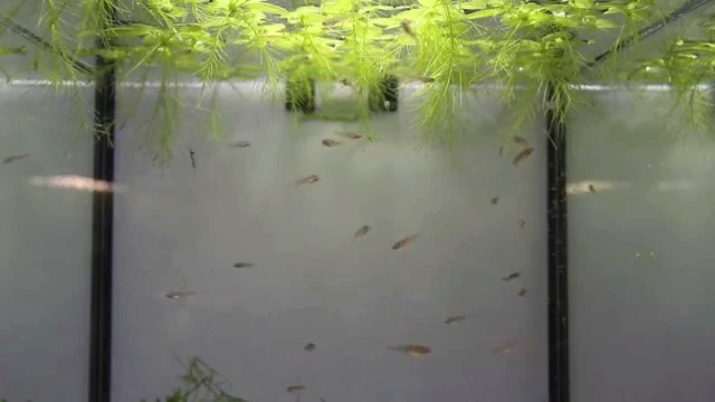
See more about the features of the cuneiform spot in the next video.
